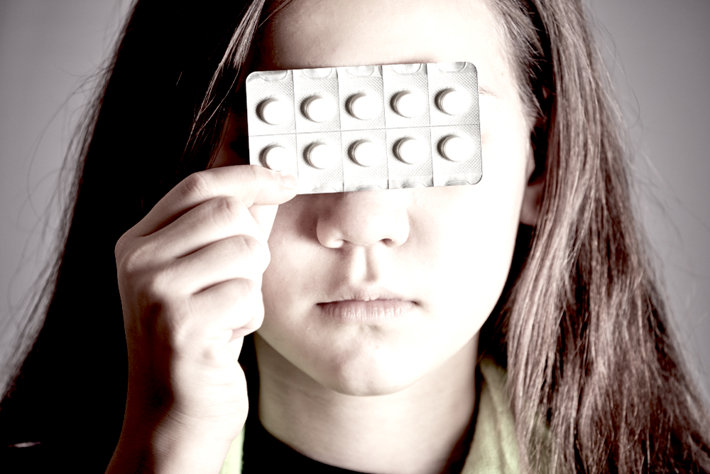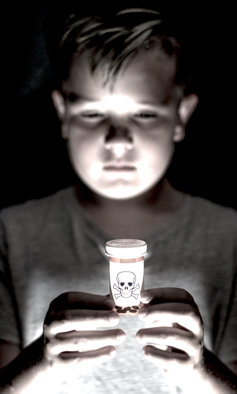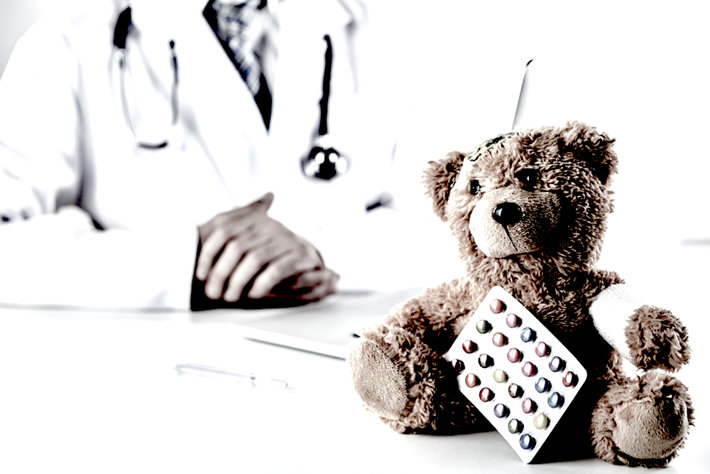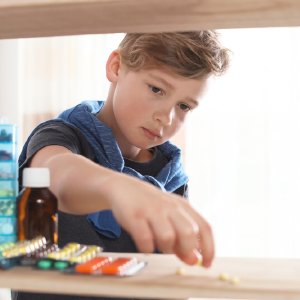Thousands of Kids Have Fallen Prey to Fatal Poisonings on Opioids

In December of 2018, Yale University released a research paper that outlined the effects of the opioid epidemic on our nation’s children. When we look at the opioid problem, we almost always look at the adults who are addicted to these drugs, who lose their lives from these drugs. But what about the kids? What about the almost 9,000 kids who have died from exposures to opioid pain relievers since 1999?
The Statistics
Adolescent and child overdose deaths are now at some of their lowest points in years. But the grim fact is that kids and adolescents are still dying from opioid overdoses, usually unintentionally. We can’t rest just because the statistics have taken a downturn. Even just one death per year is one death too many.
The statistics mentioned below can be found at both the JAMA Network and at USA Today. JAMA Network has the full research data, and USA Today has a more condensed version.
Here’s how the statistics break down:
- Just under 9,000 children and teenagers died from opioid poisoning from 1999 to 2016.
- On average, the annual death rate increased by three-hundred percent over that eighteen year period.
- The researchers at Yale University believe that kids will continue to die from exposure to opioids, at least until parents, doctors, pharmaceutical companies, legislatures, law enforcement, and public health officials do more to curb the overall opioid epidemic than what they are currently doing.
- The research indicates that eighty percent of the deaths among the children was entirely unintentional, meaning that the kids were either self-medicating on the drugs to chase a drug high (unlikely if the kid was quite young) or that the kid was taking the drug without being fully aware of what it was.

- Five percent of the reported deaths were suicides, and two percent were homicides. The younger the child, the more likely they died from homicide by being given the drug by someone else.
- The research indicates that the progression of opioid use among young people mimic those of adults, i.e. starting with pills, progressing to heroin, then dying on synthetic opioids. However, young people are far less likely to seek treatment for a drug habit than older adults, making it more difficult to help them get clean, and thus increasing their likelihood for a fatal overdose.
- Fourteen percent of U.S. high school students, nearly one in seven, have misused prescription opioids at least once in their life, whether it was to get high, to treat pain but without a prescription, or simply because they did not know what they were taking.
- There is some good news, a silver lining perhaps. According to the research, only 1.5 percent of high schoolers reported using Vicodin in the past year, compared to a huge 10.5 percent using the drug 15 years ago.
- However, when we zoom the lens out a bit and look at the overall problem as it has occurred in the last two decades, we see that about 36 percent of all overdose deaths in the U.S. have involved a prescription opioid. The annual death toll from pill-based opioids has increased by 500 percent since 1999, even if the current numbers are on a downward trend.
- Teens and children aside, well over 200,000 people total have died from overdoses related to prescription opioids from 1999 to 2017. Keep in mind that these were drugs which were supposed to help us get better, not kill us. Some 17,000 deaths occurred in 2017 alone as a direct result of prescription opioids.
And the story is not even half-done. Have you ever heard of “medication-assisted therapy” or MAT? This is an entirely different category of prescription opioids that are also having a devastating effect on kids and adolescents.
Children Dying – Another “Swept Under the Rug” Consequence of Medication-Assisted Therapy

We hear a lot about “Medication-Assisted Therapy” as being one of the primary methods of treating addicts. Drugs like methadone, Suboxone, and Vivitrol fall under this category. The idea is that addicts supposedly “cannot” get off of drugs without medicinal support, and so they are put on “supplemental” drugs to help them in the process. While some inpatient rehab centers might use suboxone to some effectiveness in helping opioid addicts through the withdrawal process, using methadone, Suboxone, or Vivitrol as an ongoing “maintenance” program is poor foolishness and should not be done.
And it’s killing kids.
In the USA Today article, authors Jayne O’Donnell and Terry DeMio talk about how the risk of children using other people’s methadone is “particularly relevant.” They talk about how 36 percent of all of the child and adolescent opioid overdose deaths since 1999 have been associated with methadone, just one drug. If about 9,000 kids have died from opioids since 1999 and if 36 percent of them died from methadone poisoning, that means we’ve lost 3,240 kids from what is supposed to be a “miracle medication that helps addicts get better.”
As medication-assisted therapy continues to gain footholds in the addiction treatment space, we can only extrapolate that more kids are going to have accidental fatal overdoses on these drugs. The Food and Drug Administration published a public health advisory on methadone in 2006, but what is that really going to do to solve the problem on a permanent level?
Kids are still dying from methadone exposure, and while the death toll has declined since the advisory was published, even just one child who dies from accidentally taking methadone is one child too many. We need to utilize different addiction treatment approaches for opioid addicts. Medication-assisted therapies are flawed in many ways.
Protecting Our Young Ones from Opioids
We have to protect our youth from opioids. It’s the only correct course of action available to us. We must reduce our consumption of opioid pain relievers in order to decrease their availability. We have to get these drugs out of our homes, out of our medicine cabinets, out of our desk drawers, out of our purses and our pockets in short out of the reach of unauthorized users. Removing the presence of opioid pain relievers is the only way to firmly reduce the risk that these drugs present to young people.
As for our own need for these drugs, we need to start looking into alternative methods of pain relief, other paths, holistic and natural, or even just over-the-counter methods. Our country is too reliant on opioid drugs, and we are now paying the ultimate price for it. Each person needs to look for a “real” fix to their pain, find and treat the cause of the pain, not the “quick” fix, and opioid.
Sources:
- https://www.usatoday.com/story/news/health/2018/12/28/opioids-kill-children-accidental-overdose-suicide-homicide-misuse-recroteens/2432079002/
- https://jamanetwork.com/journals/jamanetworkopen/fullarticle/2719580
Reviewed and Edited by Claire Pinelli, ICAADC, CCS, LADC, RAS, MCAP


